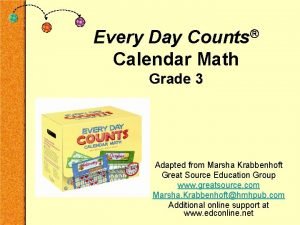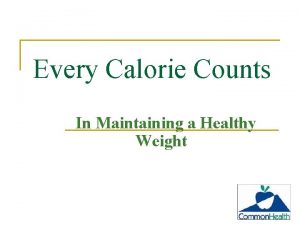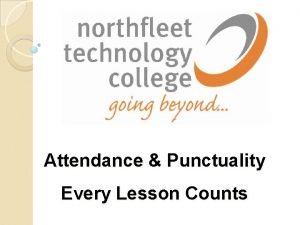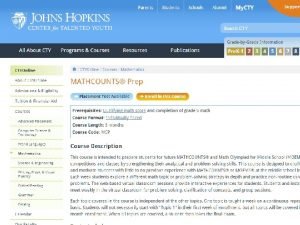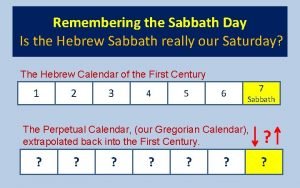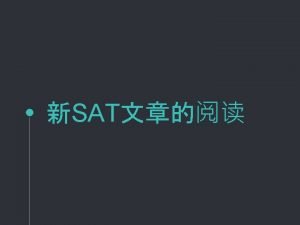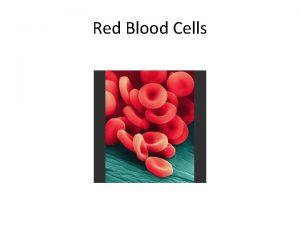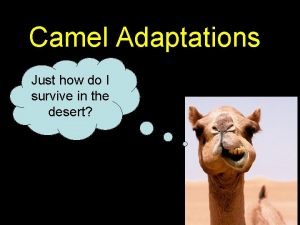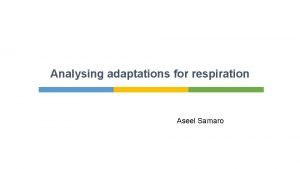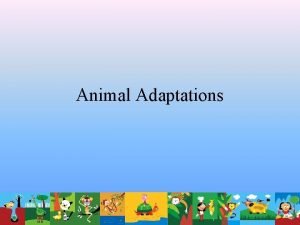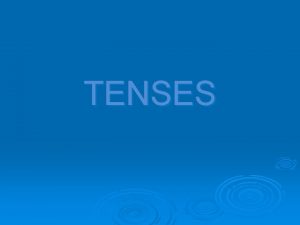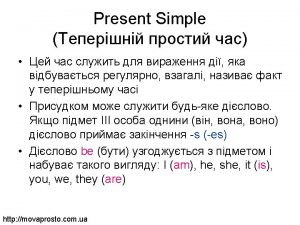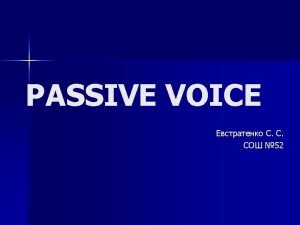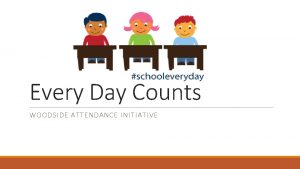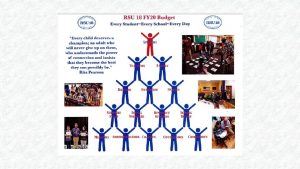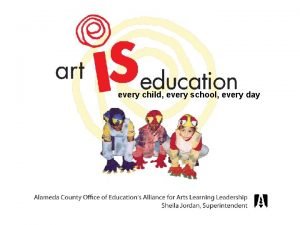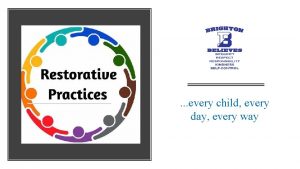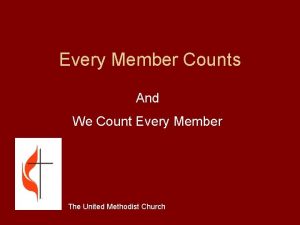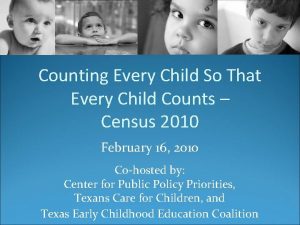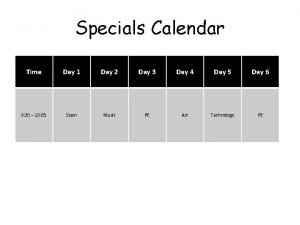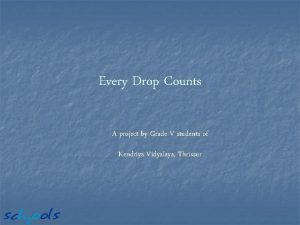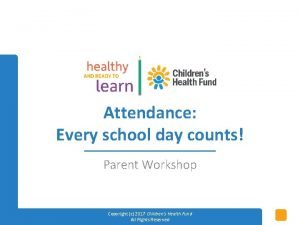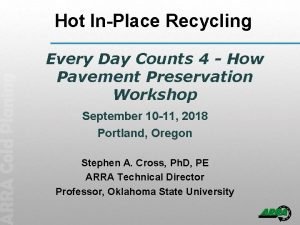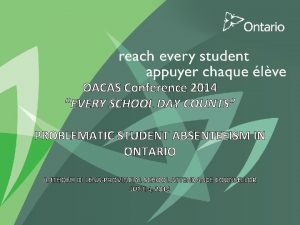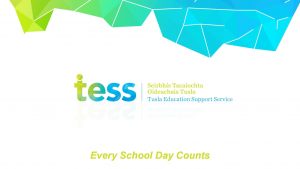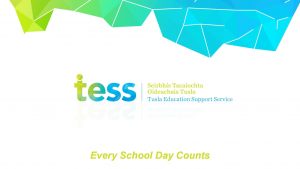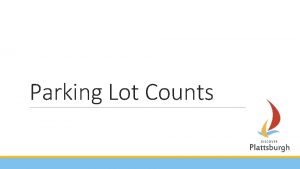Every Day Counts Calendar Math Grade 3 Adapted






































- Slides: 38

Every Day Counts Calendar Math Grade 3 Adapted from Marsha Krabbenhoft Great Source Education Group www. greatsource. com Marsha. Krabbenhoft@hmhpub. com Additional online support at www. edconline. net

Every Day Counts Calendar Math is. . . a supplemental math program, using an interactive bulletin board to provide students with a continuous learning experience through repeated and shared exposure.

Every Day Counts Calendar Math focuses on. . . • powerful math instruction in 10 -15 minutes per day. • gaining mathematical understanding through repeated exposure. • building key math concepts a little at a time, over time.

Every Day Counts Calendar Math works to. . . • encourage students to communicate in the language of mathematics. • offers the opportunity to learn math visually by seeing numbers represented in a variety of ways, all day, every day. • present and practice major concepts through a variety of bulletin board elements each month.

Every Day Counts Calendar Math means. . . just a little. . . EVERY DAY!

Every Day Counts Calendar Math • is organized by month. • promotes continuity through the grades with the Calendar, Counting Tape, Daily Depositor, Measurement, & Graph. • uses grade specific elements which vary to match grade level curriculum.

Every Day Counts Calendar Math Major Math Strands Addressed: – – – – Numbers & Operations Algebra Geometry Measurement Data & Probability Problem Solving Reasoning & Proof Communication, Connections, & Representation

Every Day Counts Elements • • • Calendar Counting Tape Daily Depositor Measurement Graph Coin Counter • Coins • Number Builder (K - 1) • Computations & Connections (2 - 3) • Fraction-A-Day (4 - 5) • Daily Variable/Pattern (6)

Do the Big Three DAILY • Calendar • Counting Tape • Daily Depositor Always update elements, but rotate discussion

Grade 3 Beginning of the Year Calendar • Start with blank calendar. Look at the name of the month and the days of the week. • Have students say, “September 1 st is on Wednesday. ” • Have students name the shapes. Notice circle, square patterns. • “Is a square still a square when it is rotated (like on Day 4).

Grade 3 Beginning of the Year Calendar, Odd and Even • On several days during the month, invite a number of volunteers equal to the day’s date to pair up. • Children can see that when the pairs come out evenly, with none left over, the date is an even number. • If one child is left without a partner, it's an odd number. • Later in the month we can ask students to predict and describe a future piece. Encourage everyone to explain his or her reasoning.


Counting Tape • The Counting Tape keeps track of the number of days students are in school. • In Grades K– 2, students learn to sequence numbers and recognize place value. • In Grades 3– 6, students learn multiples, decimals, and percent.

Grade 3 Beginning of the Year Counting Tape • Increase children's number sense over time. • Each day one 3" colored paper square will be attached to the Counting Tape. • Colors alternate each day. • Draw a Zero the Hero face on 10, 20, 30, and so on to highlight each completed group of ten. • On some days, have this number of students stand pair up to show even numbers break up into twos, with no leftovers. • When students pair up and there is a person left without a partner, the number is odd.

Grade 3 Beginning of the Year Counting Tape (Continued) • To reinforce even and odd numbers, you might want to record a vertical list of even numbers and circle the ones place. • Do the same with odd numbers.

Grade 3 Beginning of the Year Counting Tape (Continued) • On the Hundred Chart, circle the new day of school and then circle any earlier day. Invite the class to compute the difference and ask volunteers to share their strategies – E. g. “for 13 -8 a student might say, “It takes 2 to get to 10 and 3 more to 13. That’s five. ”

For questions click “Samples-Start up 05, ” then “Photos and Questions. ”

Daily Depositor • Teaches place value. • In the primary grades, students collect items and regroup hundreds, tens and ones. • In the intermediate grades, students deposit or withdraw money for each day of school.

Grade 3 Beginning of the Year Daily Depositor • Introduce the Daily Depositor soon after school starts. • Invite one child to hold $1 for the first day, a second child holds $2 for the second day, and so on until the current day. • Predict the total for Day 5. Have students share their computation strategies. • Deposit the money and record digits above each pocket to show the total. • Predict the date when you’ll reach $50, $100, and $1000.


Grade 3 Beginning of the Year Computations and Connections • Students arrange a number of counters equal to the day’s date to show a “double” or “neighbor” (double plus one) addition fact. • Make a record of each number on the Double Ten Grid and review the facts throughout the year.


Grade 3 Beginning of the Year Graph-Probability Experiment • Early in September, look at the calendar’s ab color pattern. On even numbered days, half of the pieces are red and half are green. • Two blank red pieces and two blank green pieces are placed in a paper bag. • Draw a piece each day and graph the results. Replace the piece after each draw.


Additional Elements • Clock teaches time and Coin Counter teaches money. • In Measurement, students estimate, compare, and measure. (These begin in October)

Program Components The kit contains all the materials for a full year of math instruction: – Program Resources – Teacher’s Guide – Ongoing Assessment Booklet

Program Resources • Calendar pieces • Counting tape pieces • Paper clips • Vinyl pockets • Storage bags & more

Teacher’s Guide • Organized by the month • Includes author notes, overviews for each element, suggested discussion questions, & helpful hints • Provides copymasters of selected display materials. • Contains four formal assessments (pre-, winter, spring & post tests)

Assessment • Ongoing Assessment Booklet — questions for each element helps teachers track progress and tailor instruction. • Four Assessments — pre-test (determines prior knowledge), winter & spring tests (assess progress), and post test (end-of-year evaluation).

Assessment Prompts on Pages in TE and in Assessment Manual See assessment prompts on next slide.

Ongoing Assessment 1. How old are you? Is that an odd or an even number? 2. How would you describe the numbers in the pattern 3, 6, 12, 15, 18, 21? 3. Write two multiples of 3 that are even numbers.

First page of Grade 3 Pretest

Implementation • Every Day Counts is easy to implement. • The Teacher’s Guide provides detailed guidelines for preparing the materials. • The Weekly Planner helps you customize your plan.


Every Day Counts is: • Visual • Hands-on • Interactive Questions are the key!

Would anyone like to share their thinking? Questions are the key! Would you share how you got that answer? Can anyone do it a different way? Can you describe what you saw in your brain? What do you see? Why? How many more will it be. . . ? What did you notice? How do you know? How many more will it be. . . ? Can you tell me your strategy? How many less. . . ? What is. . . ?

Every Day Counts Calendar Math • Provides the opportunity to learn math in a unique way — through repeated exposure over time • Is easy-to-implement and student-friendly • Is a proven program that raises test scores and improves students’ attitudes about math

Every Day Counts Calendar Math “ Since starting this program, I have noticed the children’s increased interest in numbers, patterns, and grouping. Through daily exposure to Every Day Counts, the children are gaining a true understanding of numbers and a firm foundation in a variety of mathematical concepts. ” Teacher Bronx, NY
 Every day counts math
Every day counts math Day 1 day 2 day 3 day 4
Day 1 day 2 day 3 day 4 Every child every day
Every child every day Pgcps calendar a day b day
Pgcps calendar a day b day Every opportunity counts
Every opportunity counts Making opportunity count
Making opportunity count Superfoods
Superfoods Ibm business resiliency services
Ibm business resiliency services Every lesson counts
Every lesson counts Mathcounts preparation book
Mathcounts preparation book Day 1 day 2 day 817
Day 1 day 2 day 817 Every country and every nation
Every country and every nation Mission of microsoft
Mission of microsoft Every knee shall bow every tongue confess
Every knee shall bow every tongue confess Every rotarian every year
Every rotarian every year Every nation and every country
Every nation and every country Every picture has a story and every story has a moment
Every picture has a story and every story has a moment 8 day week
8 day week Faday
Faday This passage is adapted from jane austen
This passage is adapted from jane austen Red blood cells are
Red blood cells are Adapted with permission from
Adapted with permission from In what ways have the highland maya adapted to modern life?
In what ways have the highland maya adapted to modern life? How are plants adapted for gas exchange
How are plants adapted for gas exchange Chaparral biomass
Chaparral biomass How is a camel adapted to life in a desert
How is a camel adapted to life in a desert Adapted animals in the rainforest
Adapted animals in the rainforest The two brothers adapted
The two brothers adapted Adapted from the internet
Adapted from the internet How is amoeba adapted for gas exchange bbc bitesize
How is amoeba adapted for gas exchange bbc bitesize How have plants adapted to the rainforest
How have plants adapted to the rainforest What is spermopsida
What is spermopsida The outsiders adapted for struggling readers
The outsiders adapted for struggling readers Entities antonym
Entities antonym Behavioral adaptations of zebras
Behavioral adaptations of zebras I study english everyday simple present tense
I study english everyday simple present tense Everyday often sometimes
Everyday often sometimes They play football present simple
They play football present simple Somebody cleans the room every day. passive voice is
Somebody cleans the room every day. passive voice is
